12 Tips For Handling Your Graphic Design Clients
Client handling comes as part of any graphic design job. When working as a freelancer, this aspect of the job becomes all the more important as you work as a one-person army. You only have to do the sales pitch, convince the client, execute the entire project, and then collect the payment. If you are working with a group or an agency, this becomes a little easier as you have people to help you out with these tasks. Either way, it is always beneficial to develop client handling skills. Following tips can help you in this endeavor:
1) Define the Project Scope:
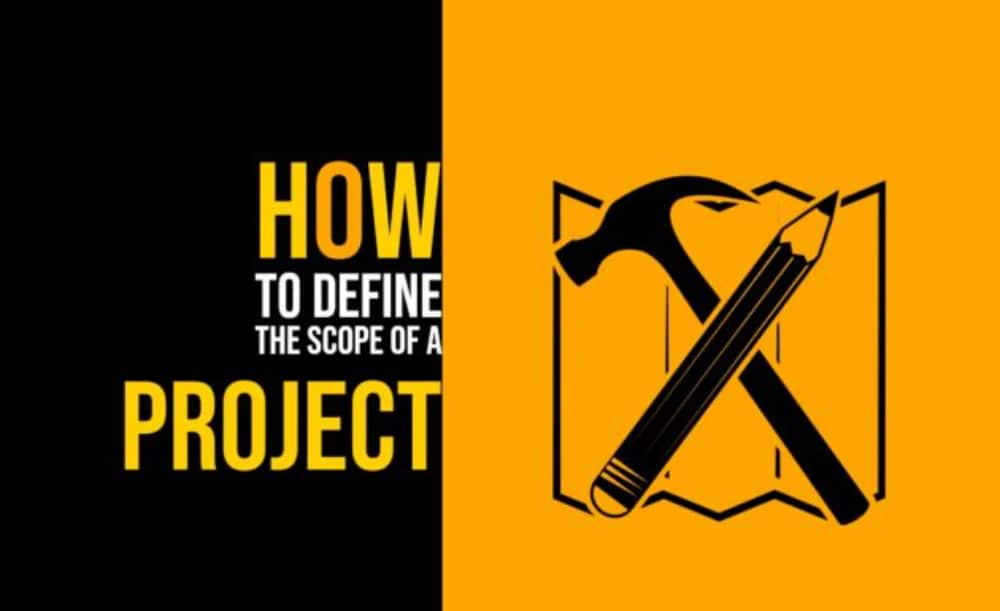
The first and most important thing you need to do is define the scope of the project you are going to work on. Because graphic designing is a fluid sector, the scope keeps changing a lot. But this can go against you most of the time if the scope is not defined. It would be best if you also got clarity on the number of options you will provide and the number of iterations you will provide. This will bind the work that you are doing. This way, you will be able to plan your work more efficiently and thereby deliver exactly what the clients want.
2) Have Clarity of the Roles:
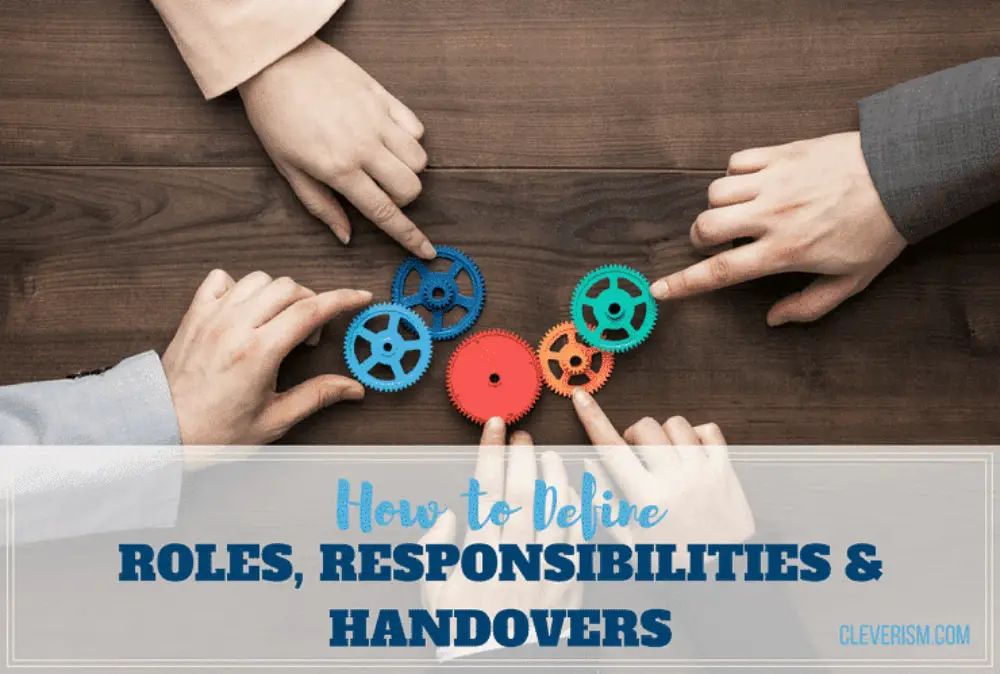
One key part of the project that many graphic designers miss out on is finalizing people’s roles. This becomes altogether more important when your client is a big group of people or a corporate company. In such cases, what happens is the client team is not sure of who is doing what. Hence right at the start of the project, it is better that you define the roles with clarity. For example, have one person from the client team as a single person of contact. Also, define the hierarchy cycle for approvals. This will streamline the operations for your entire project and ensure that you do not hit any roadblocks.
3) Ask More Questions to Understand the Brief:
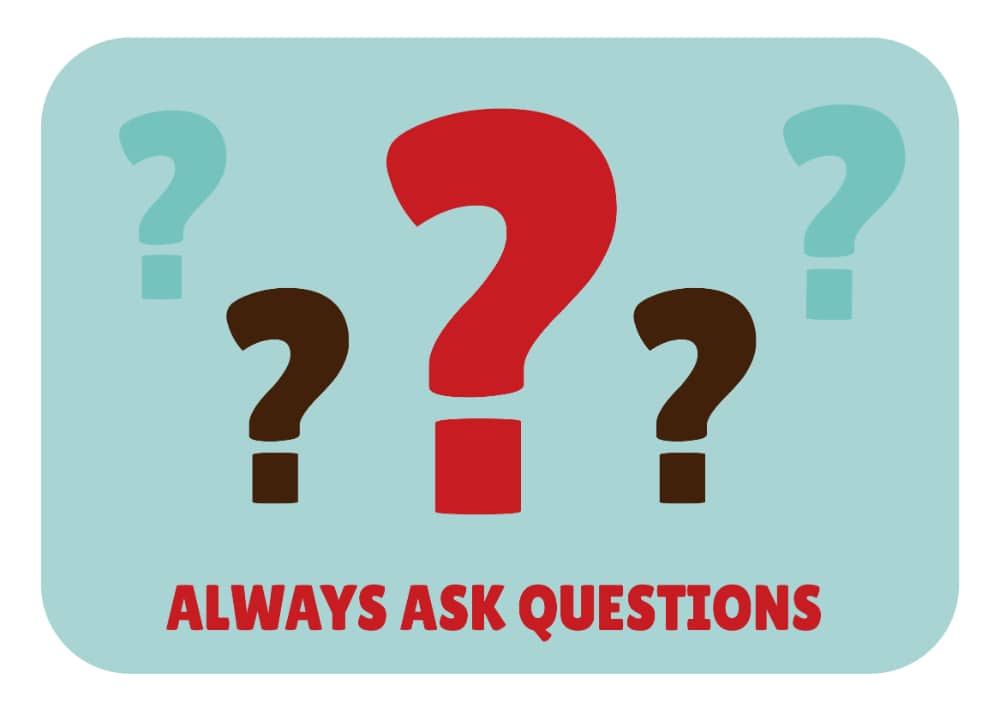
A lot of designers make the mistake of not understanding the brief properly. This can lead to disastrous consequences as you might create something that is not what the client wanted. It will help if you have a set questionnaire that you can ask the client to fill up. Over the years, you would have gained a better understanding of what you need to know before starting the project. This you can translate into a handy document that can serve as a checklist for you. Do not shy away from asking questions. There are times when even the client is not sure what they want, and your questions can help them get more clarity.
4) Always Give a Smart and Variable Quote:
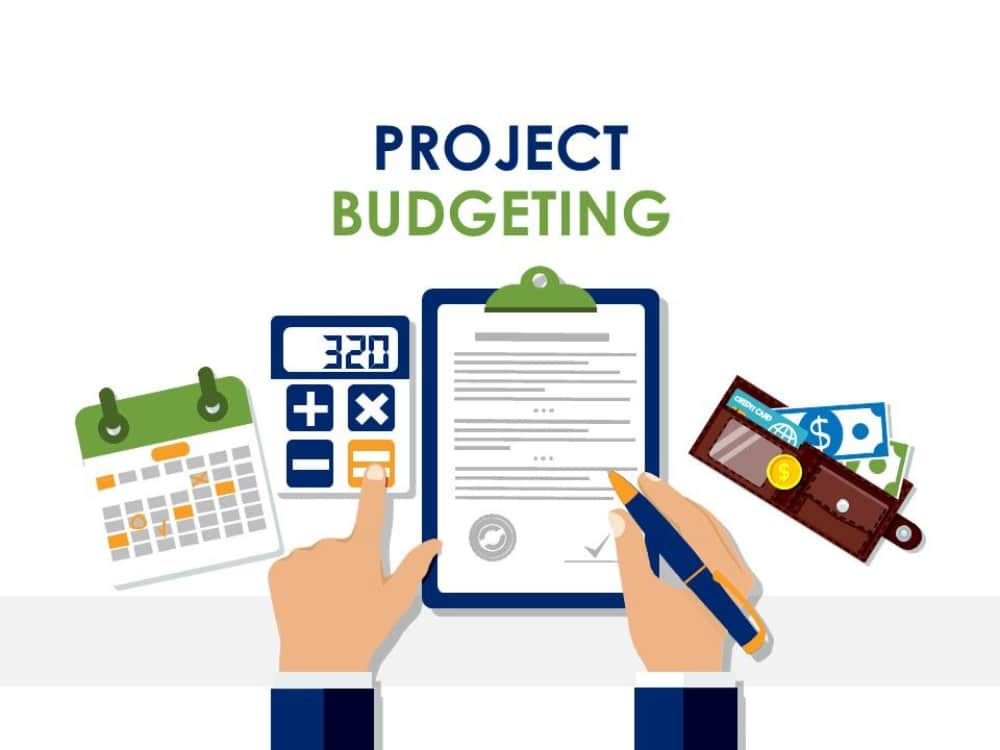
Clients will always be behind you to give them a ballpark number or a quote as soon as possible. But you should never hurry that process. Once you have a clear understanding of the scope and the brief, you can chart out the project timelines and resources involved. Based on that, you can come up with the right quotation. Do keep in mind that the client will always try to negotiate with you, so keep that buffer when giving the quote. Also, it helps if you can give the client variable quote options. Based on the quote they approve, you can decide on the amount of energy you want to put into the project and the time. Make sure that you put in a buffer amount for last-minute changes as well. Finally, do not forget to add hidden costs like stock image purchase or other third-party costs that you are likely to incur.
5) Collect all Required Content From the Client:
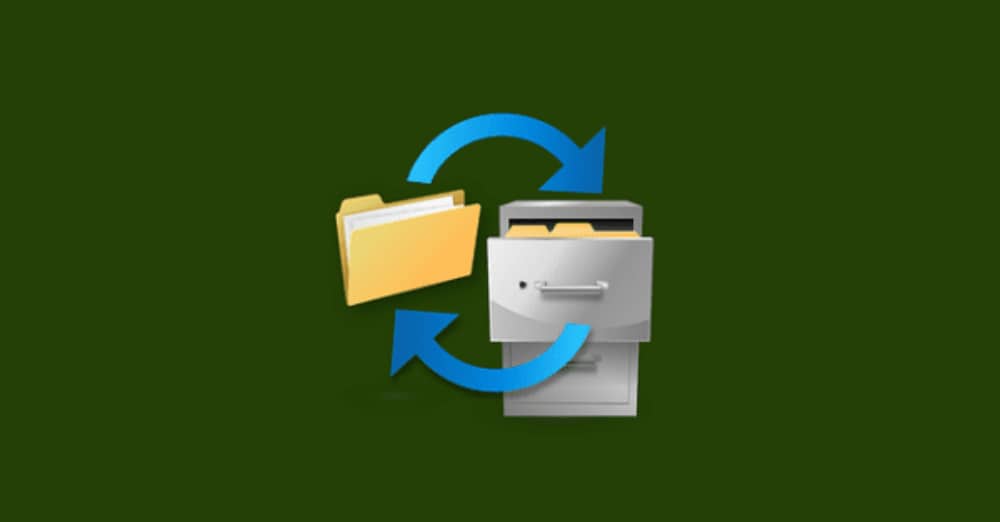
Before starting the project, make sure that you have collected all that you need from the client. This will be in terms of open files of their logos, brand guidelines, and other elements. A lot of designers, in their rush to start the project, miss out on this step. Like the above point, it would be helpful if you have a ready checklist for this task. You can submit this checklist to the client and get all the files that you need. Not many clients would be well organized enough to have all the files handy. There are chances that they may not even have those files as the previous designers would not have shared with them. If you want to go the extra mile, then you can volunteer and get those files from the designer. This is a win-win as designers would understand the file formats that you need.
6) Put Things in Writing:

Do not start working on a project until you have written approval for the same. This could be in the form of signing the work contract or even an email from the right person of the client’s team. Often, it has happened that designers have started to work on oral approvals only to be disappointed later on. Also, a written approval clarifies the scope of work and commercial agreements. There are times when you would have sent multiple proposals. It is better to get clarity on which one is approved. The majority of the designers wait for advance payment and only then do they start their work. You can take this call depending on your relationship with the client and the level of trust you have established with them.
7) Communicate Consistently with Clarity:
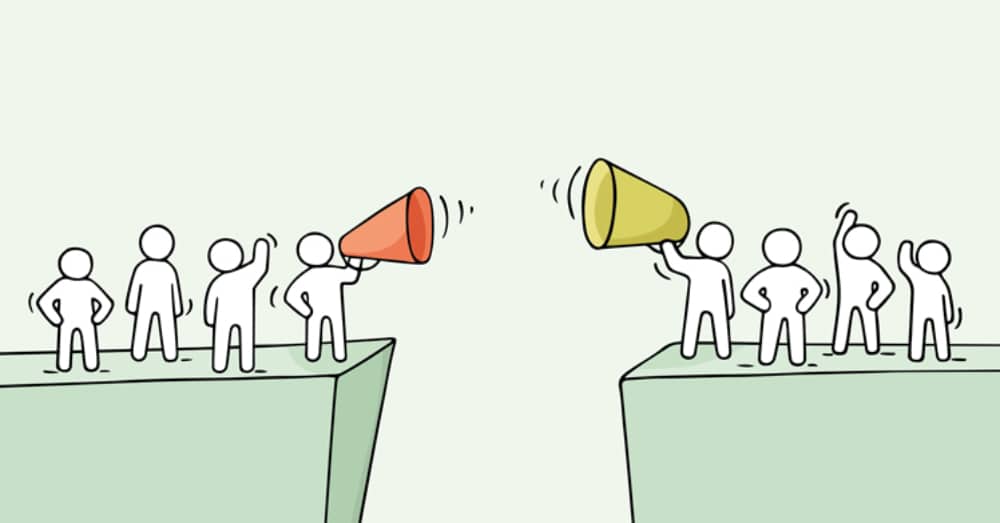
The key to success in any project is communication. It would help if you were clear, crisp, and confident in your communication. Once you start the project, you should fix the mode of communication. If you are dealing with a local client, then face-to-face meetings and phone calls are good options. But the majority of freelancers work remotely. Hence relying on emails and video calls is a better option. You can also set up third-party tools like Slack or Asana that can help you communicate with each other, share files and even track the project’s progress. Also, whenever you are communicating with clients, make sure that your communication is in layman’s terms to understand what you are saying. Do not go heavy on technical jargon to impress them; this might backfire as they will not be able to comprehend what you say. As a graphic designer, it also helps if you can visually show them what you are trying to convey. This way, they will be able to understand your creativity.
8) Design for the Client and Not Yourself:
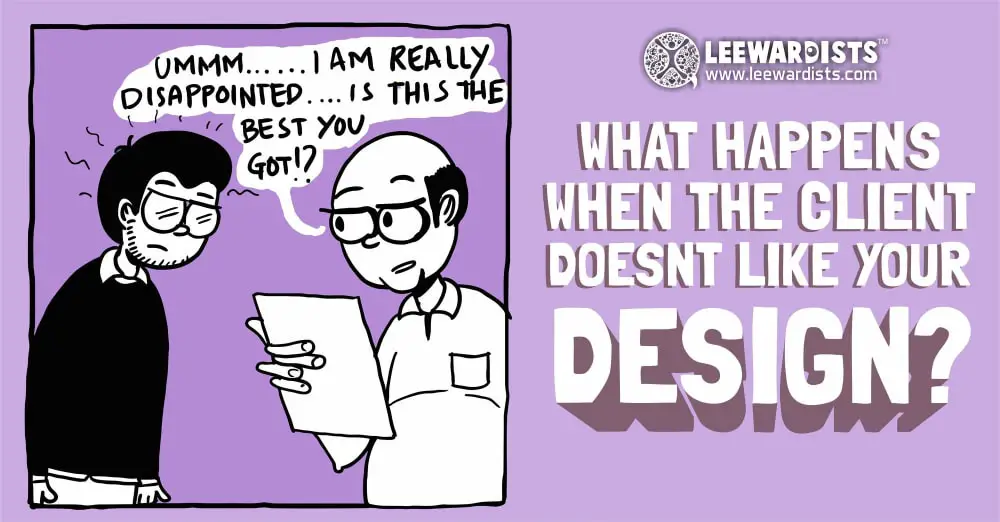
It would be best if you remembered all the time that you are working for a particular client, and the output should be what they want. This is one of the most common problems. As a designer, you would create something based on your skills, experience, and what you feel looks really good. But there are chances that the client may not like it. Many times the client has a faint vision of what they want. This is why taking the proper brief becomes so important because then you would have a fair idea of the client’s expectations. But either way, all designers are most likely to hit this roadblock. It is important to remember that the client has hired you to design at this juncture, and hence they will have their way. Two things can help you here. First, you need to develop convincing power to guide the client and explain your design’s merits. Then you can come to a middle place where both you and the client are content. The second option is that you should not get too attached to the project. Treat it just like work. So when you find no headway with the client regarding the design, then you can drop your insistence and follow what the client wants.
9) Learn to Say No to the Client:

Time and again, you will come across clients who are either too demanding or want to exploit your services. This is when you need to stand up and say no. If you start accepting whatever the client says, then you may end up in a lot of trouble. You need to draw the line between being flexible to accommodate the client and being overused. The same goes for the number of changes that the clients give or the type of changes they give. If you feel a particular font or color that the client wants will not go well with the design, then you need to communicate that to him and not keep executing the changes. You need to understand that you are the subject matter expert and have more experience and knowledge working on the design. That should count for something. At the same time, try not to come off as a rude person. Make sure that you do not sabotage the working relationship with the client.
10) Adhere to the Timelines:
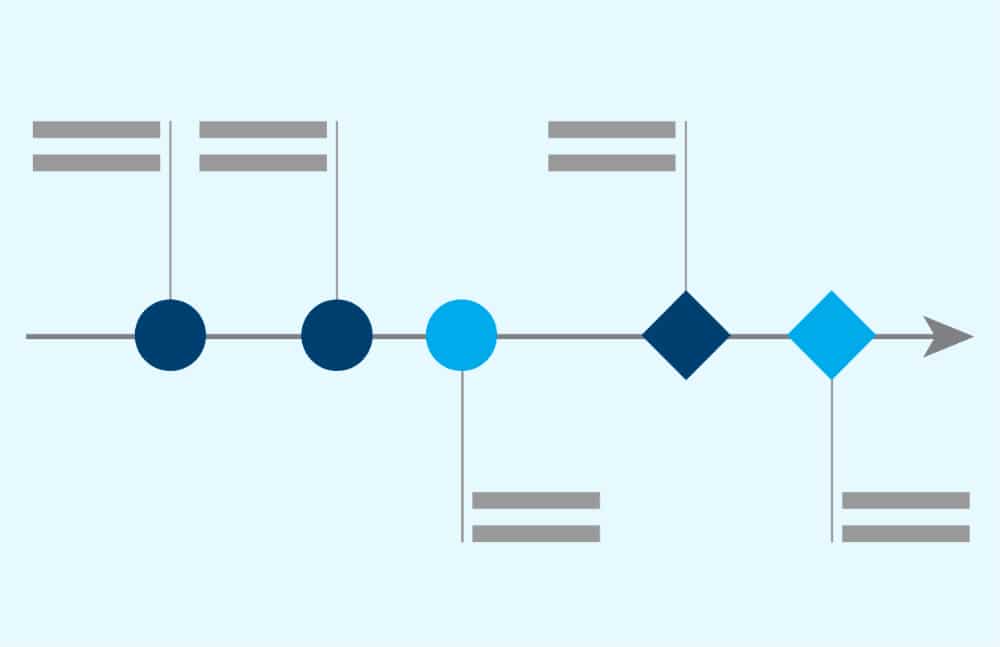
As a graphic designer, you need to respect the project timelines that you have committed to the client. A good way to achieve this is that you divide the work into small fragments and have deadlines for each part. Working in blocks like this will ensure that you do not miss out on deadlines, and also, you will know when you are falling behind the timeline. It would help if you also made sure that the clients also follow the timelines. This is important when you are seeking approvals. Devise a follow-up mechanism along with an escalation matrix with the client so as to ensure that you get your approvals or files on time. It is advisable to use a good project management tool for this. Asana or Trello are good ones to try out. It would be best if you also remembered that the quote you provided was based on a set timeline of the project. If you shoot beyond that, then it will have a negative commercial impact on you. Also, the more time you take on a project, the more there are chances of changes. Rather you would want to finish off the projects quickly so that you can take up new projects.
11) Provide Final Output in a Structured Manner:
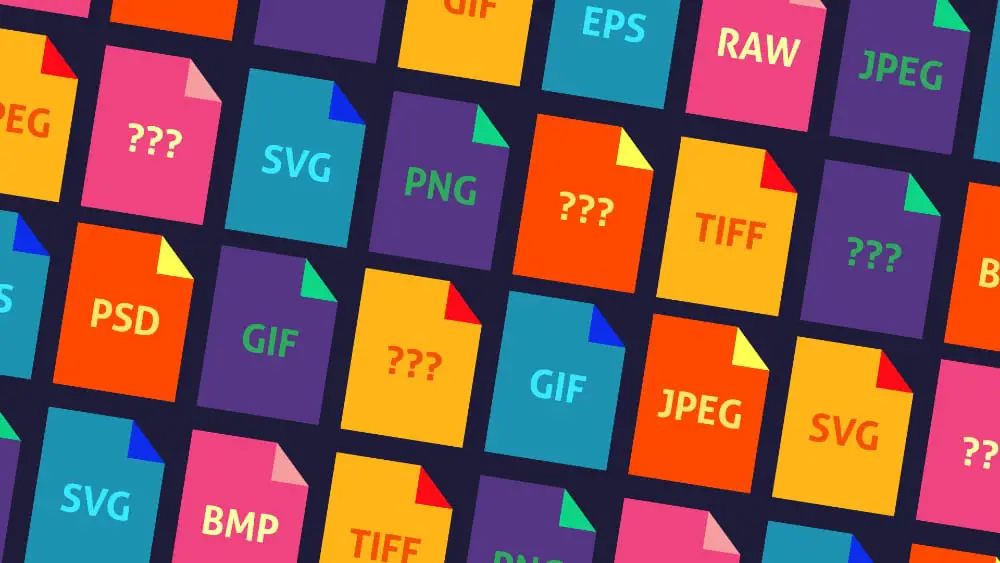
The ideal way of completing a project is to provide all the deliverables to the client in a well-structured manner. You should always take into account the tangible deliverables and enlist them in the proposal you sent. This can be, for example, logo files in specific formats or even open files. Ensure that you deliver everything that you have promised. If you are not delivering a particular component project, make sure that you communicate with the client and clarify it. For this task also you should have a standard operating procedure or a checklist that can help you. If the client’s requirements are print-ready files, make sure that you make the right modifications in the design to get them ready to print. It also helps to share an executive summary at the end of the project that talks about the work done in the project and the files you are submitting.
12) Ensure Post-Work Relationship:

For growing any business, the key is maintaining good relationships. The same is the case with graphic design. You need to make sure that you end the project on a good note and, even after that, maintain a good relationship with the client. Graphic design is generally a recurring task, and they may want to hire you again. One good thing you can do is go beyond your scope and advise them on their branding, website, or other design-related stuff. You can add value by providing them some quick wins. There are good chances that this may materialize into more work for you. Apart from that, it will be helpful if you become a passive brand ambassador for them and redirect leads whenever you can. These small steps will help you establish a good relationship with your clients.
Handling clients is something that you learn with experience. However, the above points can be really helpful. The key is to tackle all your projects with a sense of respect and develop a positive attitude. This will help you get more clients and also create a good reputation in the graphic design industry.